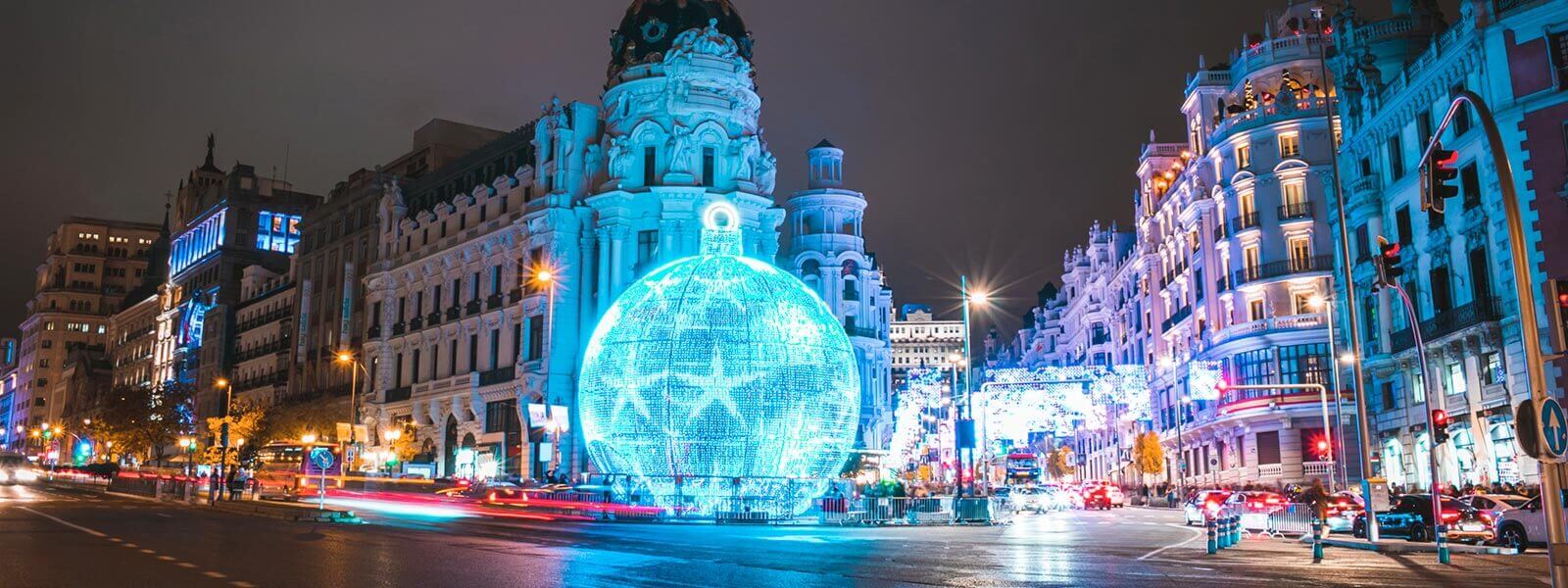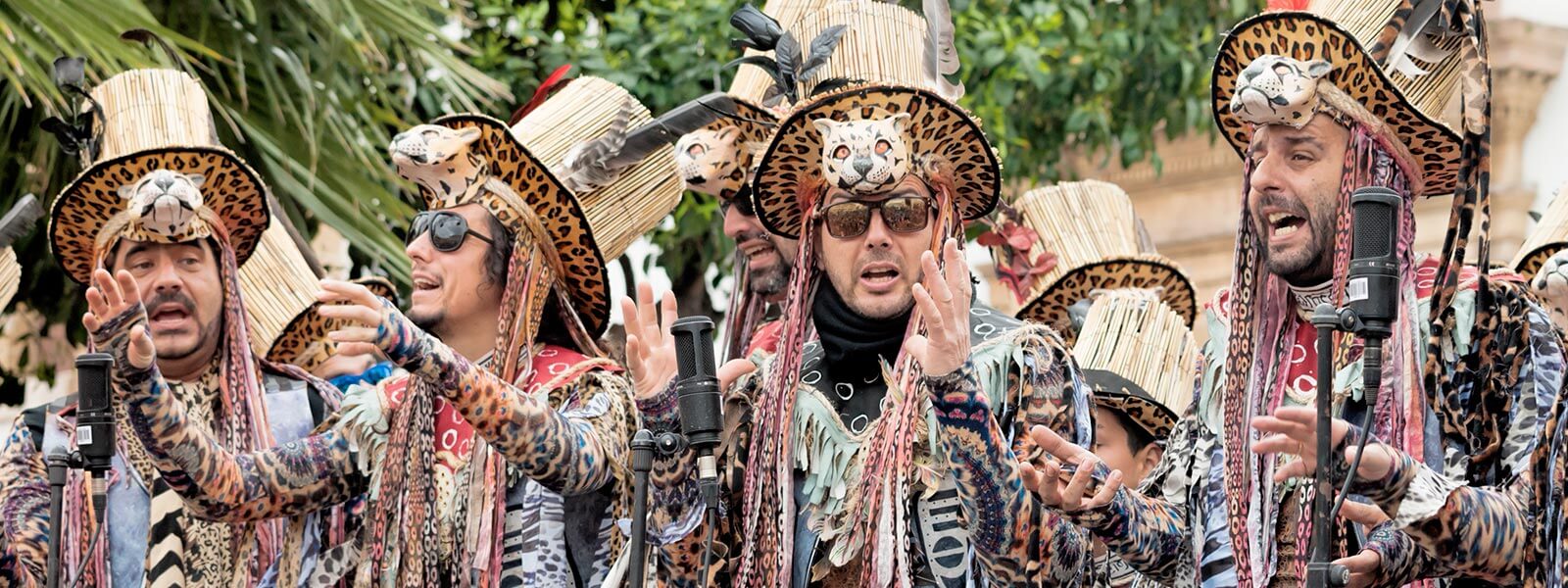
Santa Cruz in Tenerife a city twinned with Río de Janeiro. Proof of this lies in its carnivals: as eye-catching, as spectacular, as tropical… and as sensual as the Brazilians’. Incidentally, by coincidence of history, Río was founded by a Jesuit from Tenerife, the father of José de Anchieta.
Then was it the father Anchieta that brought the carnival to the newly founded city? It doesn’t seem theoretically possible, because the Jesuit died in 1597 and the first mention of carnivals in Tenerife weren’t recorded until 1605 (although, this could of course be true, so please correct us if we are mistaken).
This first mention of carnival came from journalist Gaspar Luís Hidalgo, who wrote about the custom in which people of Tenerife ‘change their gender through costume’. By 1778 carnival had already become an institution and this was reflected in the journal of Lope Antonio de la Guerra y Peña who mentioned the existence of the ‘comparsas’ (groups of people in similar costumes that liven up the celebrations).
The carnival flourished, but was on the point of dying out at the height of its success: in 1783 an official proclamation was published; according to which, such celebrations were prohibited. Of course there is nothing that encourages rule-breaking more than the banning of fun, so evidently nobody listened to the authorities. Furthermore, some government representatives supposedly adopted disguises in order that they could spend time mixing with the humble, thus giving rise to what would be called ‘tapadas’. As you can imagine the prohibition wasn’t lifted…because it wasn’t ever fulfilled in the first place.
Another interesting moment in carnival history occurred in 1891 with the appearance of the first ‘rondalla’ (‘group of serenaders’) exclusively at Tenerife carnival. This is one of the characteristics which make Tenerife unique in the world: no other is known to have these string ensembles.
During the dictatorships of General Primo de Rivera (1923-1935) and of General Franco (1939-1975), the carnivals were forbidden all across Spain. The only ones that were saved were those of Cadiz (firstly celebrated illegally, then reinstated) and Tenerife, which was able to elude the ban by converting itself into the “Winter parties” (shortly after, the Palma carnival did the same). It wouldn’t be until the end of the Franco-ist era that the “winter parties” could go back to calling themselves “carnival” and embody everything that comes with the name.
One of the particular aspects of the carnival of Tenerife is that it is themed. Every year, a theme is chosen and told to the citizens, who dress up accordingly. This doesn’t mean that they are obliged to follow it (remember that the carnival is, above all, about freedom), it rather means that the people of Tenerife can be creative without taking themselves to “an alternative universe”. To put it clearly: The rules of the game make it more fun.
This notion of a theme is quite recent: it started in 1987 (the theme was “Rome”) and it proved to be a good choice: it made a Guinness World Record for the largest number of people to gather in an open air plaza; no less than 250,000 people attended.
…And from then it has continued until today, getting better year upon year. We aren’t going to tell you anymore, as we want to remain brief in describing the carnival’s attractions. The Santa Cruz de Tenerife carnival must live on, and must be made part of our own history.
-
 Christmas decorations in Spain How are Christmas decorations in Spain? Look at this post and know the curiosities of Spanish houses and their traditions
Christmas decorations in Spain How are Christmas decorations in Spain? Look at this post and know the curiosities of Spanish houses and their traditions -
 Cadiz carnival: A brief history Discover the Carnival of Cádiz, the most popular party in the city of Andalusia, which has the funniest and most naughty songs you've never heard before.
Cadiz carnival: A brief history Discover the Carnival of Cádiz, the most popular party in the city of Andalusia, which has the funniest and most naughty songs you've never heard before. -
 How to construct a ‘falla’ Valencia celebrates its most popular party in style, that of ‘Las Fallas’. It is a celebration based on fire and fireworks. Discover this party
How to construct a ‘falla’ Valencia celebrates its most popular party in style, that of ‘Las Fallas’. It is a celebration based on fire and fireworks. Discover this party

